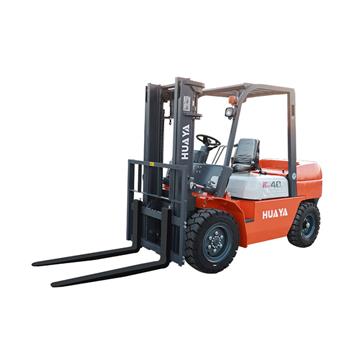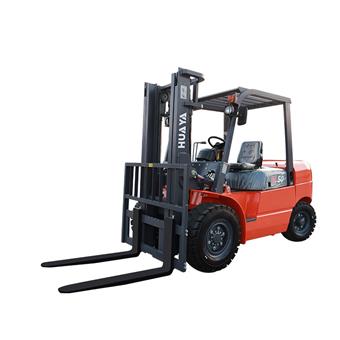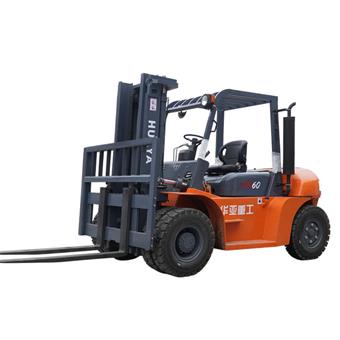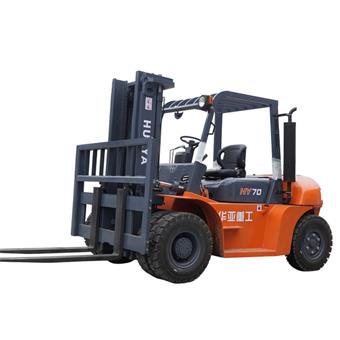
News
Material handling refers to the movement, protection, storage, and control of materials and products throughout manufacturing, warehousing, distribution, consumption, and disposal. The goal is to ensure that materials are moved efficiently and safely from one location to another, reducing the risk of damage and increasing productivity.

Manual handling involves the physical movement of items by people without the aid of mechanical devices. This can include lifting, carrying, pushing, and pulling.
Automated handling utilizes machinery and technology to move and control materials. Examples include automated guided vehicles (AGVs), conveyor systems, and robotic arms.
This type blends manual and automated processes, often using machinery that still requires human intervention, such as forklifts and pallet jacks.
Material handling plays a crucial role in supply chain management. Effective material handling can lead to:
Reduced Costs: By minimizing waste and improving efficiency, businesses can lower operational costs.
Increased Productivity: Efficient movement and storage of materials can speed up production and order fulfillment processes.
Improved Safety: Proper material handling techniques reduce the risk of injury to workers and damage to products.
Better Inventory Management: Effective handling systems facilitate accurate tracking and control of inventory levels.
Forklifts are essential for lifting and transporting heavy loads in warehouses and manufacturing facilities. They come in various types, such as electric forklifts, diesel forklifts, and terrain forklifts.
These systems transport materials along a set path, often used in manufacturing and distribution centers for efficient product movement.
Manual or electric, pallet jacks are used to lift and move pallets within a warehouse.
AGVs are autonomous vehicles used to transport materials in warehouses and production facilities without human intervention.
In manufacturing, material handling involves moving raw materials to the production line and transporting finished goods to the warehouse.
Warehouses use material handling equipment like forklifts and conveyor systems to store and retrieve products efficiently.
In distribution centers, materials are handled through automated systems to streamline the process of order fulfillment.
Retail stores use manual handling and semi-automated systems to restock shelves and manage inventory.
Training Employees: Ensure all employees are trained in proper material handling techniques to reduce accidents and improve efficiency.
Using the Right Equipment: Select appropriate material handling equipment for the tasks to optimize performance.
Regular Maintenance: Maintain equipment regularly to prevent breakdowns and extend its lifespan.
Implementing Automation: Where feasible, introduce automation to reduce manual labor and increase accuracy.
Ergonomic Practices: Design workflows and equipment to minimize physical strain on workers.
Material handling is a critical component of efficient supply chain operations, encompassing a wide range of activities and equipment. By understanding the different types of material handling and implementing best practices, businesses can enhance productivity, reduce costs, and improve safety.



